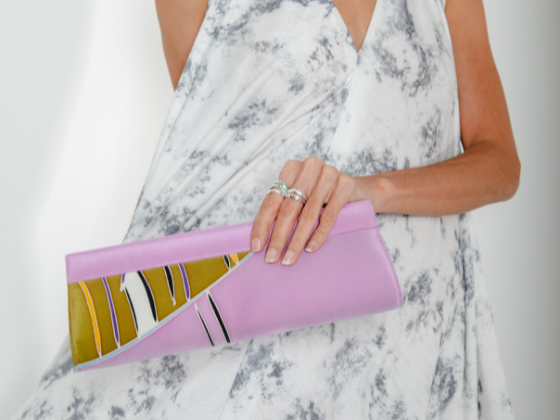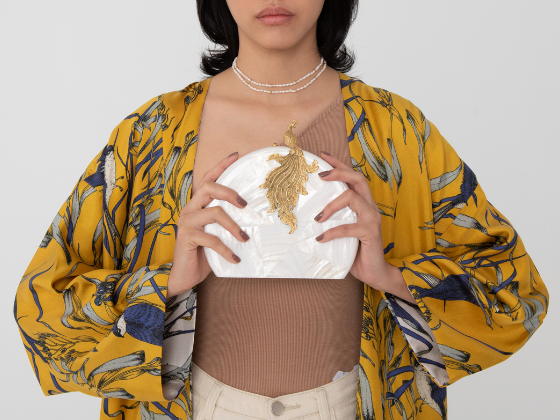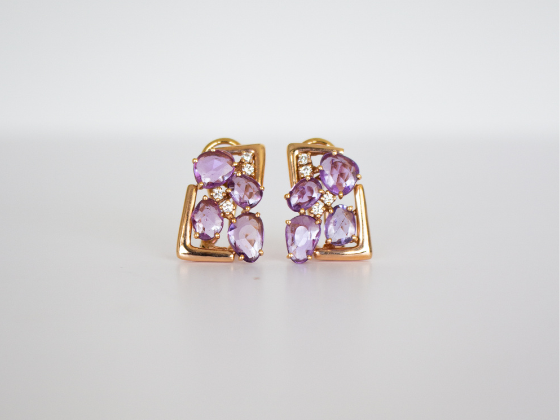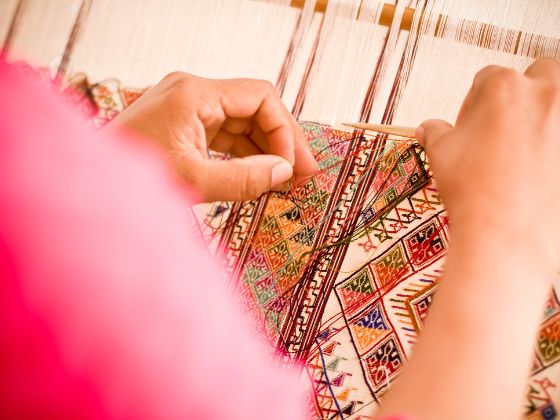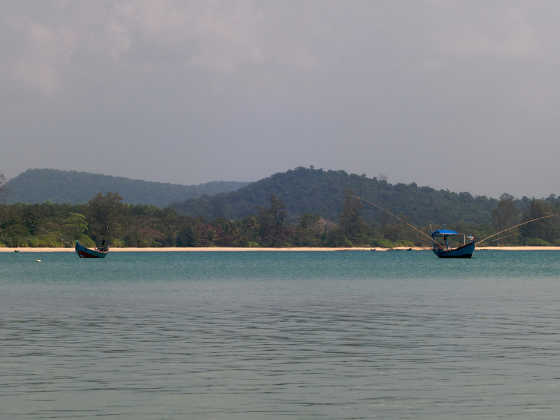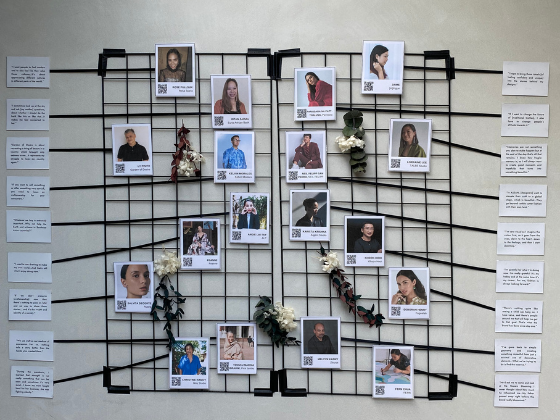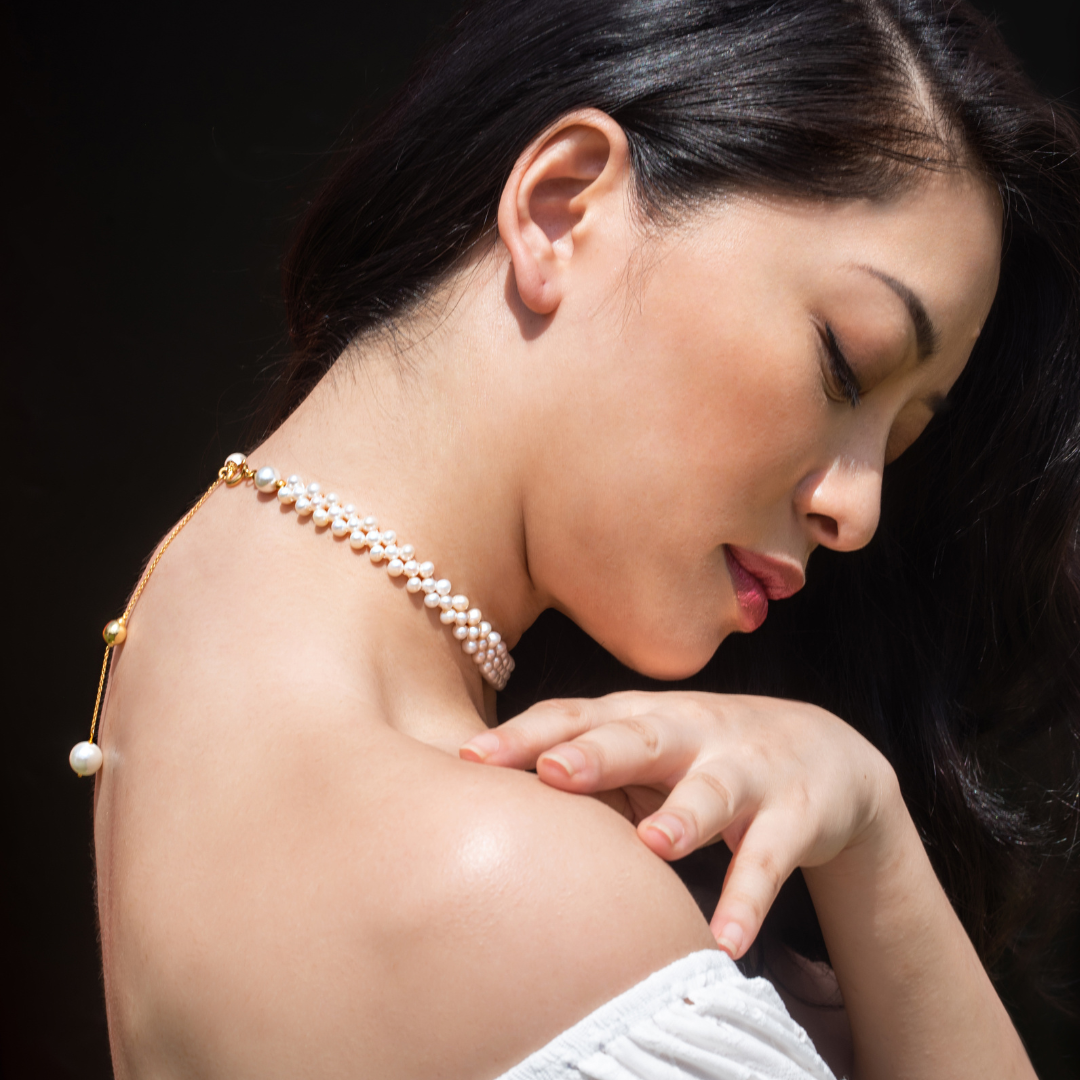By Aisha Hassan on March 30, 2023
When we first met Rita Nazareno, we knew she was the quintessential Dia partner: passionate, purpose-driven, confident about the integrity of her art. And Zacarias 1925 can accurately be called that — art.
The brand’s collection of handwoven bags and home accessories is extraordinary in the way it references disciplines from architecture to film while staying true to its core of hand-weaving. When Kylie, Alia and I first encountered Zacarias 1925 (on the recommendation of the Philippine Trade and Investment Center), we were taken with the unusual geometric forms that its artisans coaxed out of woven materials, and the whimsy in many of the designs. It was a true meeting of old and new, given that every piece is crafted at the historic S.C Vizcarra Workshop, founded in 1925 in Manila by Rita’s grandmother. (Zacarias is the name of Rita’s grandfather.)
Rita returned to her family’s brand after working as an Emmy Award-winning television creative services producer in the United States, and she currently serves as Creative Director of Zacarias 1925, as well as the Co-Creative Director of Nazareno/Lichauco. Rita’s influence at Zacarias 1925 is contemporary and culturally incisive. Many of her collections, for instance, allude to vital topics, whether that’s speaking up for the marginalized or having confidence in one’s own body, and her designs test the limits and conventions of weaving. We interviewed Rita to gain a deeper understanding of her creative process and the pieces launching on Dia — enjoy.
In 2010, you left a career as an award-winning producer in the U.S. to take up the mantle at the S.C. Vizcarra Workshop in the Philippines. Describe how you felt as you decided to embark on that new journey in fashion and artisanship, on home ground.
I had been living out of the Philippines for almost 25 years so there was a lot of trepidation and excitement in just the move alone, but the change of career was a different beast. I loved what I was doing and I was good at it…but sometimes there comes a point when one must shake things up and take the leap. There was a legacy and a heritage I felt connected to that I felt compelled to continue. But I did take a detour to London first to take a year off and then take my Masters at London College of Fashion. I had to prepare myself somehow — and of course enjoy myself in the process. I was fortunate I could find myself in a completely different continent, living a whole different life for a few years.
What lessons from your career in television and production do you bring to your work at Zacarias 1925?
Ultimately it was the storytelling and visual aspects that were always important for me. Emotional connection — whether to an object or a TV station or a story — is key.
In your view, what is so special about the art of hand-weaving?
Tradition roots us and handmade pieces exude character and craftsmanship. And the intricacy of the hand-weaving process and how we do it at the S.C.Vizcarra Workshop are so special to me. I enjoy pushing that further and adding a playful and contemporary twist, sprinkling my own essence to what our artisans do so well.
Your mother and grandmother helmed the brand before you, and Zacarias 1925 is named after your grandfather. How does it feel to be running a brand that seems so imbued with the idea of family?
I have fond memories of my grandparents and am so in awe of what they have accomplished, and what my mother has let thrive. My early memories were in the stores or with the sewers. Even summers when we were younger were spent going to different stores in Guam and Hawaii. I feel so fortunate to be able to come from such a creative, resilient family. It is a privilege.
What’s been inspiring you lately?
I am deeply concerned with what is going on around us — supporting marginalized communities, telling stories that are not usually told, celebrating women and people of color. The Be Bag, The Troop (Saddler and Fagen bags), Ammo Cases and The North Star Collaboration are somehow a part of that.
Editor’s Note: The North Star Collaboration was designed in collaboration with Patrisse Cullors, co-founder of the Black Lives Matter movement, to help raise awareness of black women incarceration. The Troop AB Collection pays tribute to Alejo Bell, “a Filipino and African-American soldier who served with distinction in the American army and later fought for the liberation of the Philippines.”
We love all the designs that will be on Dia. Can you deep dive into a couple of the pieces?
I love the Be Bag — it can pretty much BE whatever you want it to be. It is a playful yet empowering bag that has turned out different iterations. It’s about loving one’s self, one’s being, whatever it may be. It is a birthing, a new life, and hopefully it empowers women, a whole range of us: complex, different, amazing women.
Another of my favorites is the Bilbao Bag, which was actually the first bag I designed and still one of our most coveted ones. It is an ode to the City of Bilbao and the Guggenheim Museum, and how the structure revitalized the Old Spanish port city. For the museum, architect Frank Gehry was inspired by the ship’s sails that went through the port, so for this bag, I looked at similar references.
I also looked at some sort of parallax, where each angle gives you a different look. I also designed it so there’s an ergonomic portion — when one puts it on one’s arm, the side contours to the wearer’s hip. We also use a technique that we came up with, which is weaving leather and wicker together, with the leather sandwiched by wicker on each side, to give more form to the leather.
Tell us about one of your artisans.
Some of our bags have metal frames in them and our metal guy is Lito, whose father Tony worked for my grandparents as well. I always enjoy seeing Lito because he is so good at what he does, and I am also reminded of his very sweet dad and my childhood.
In an interview with CNN, you mentioned that some pieces are kalokohan (“nonsense”) and you love that. If you could pick three words to describe Zacarias 1925, what would they be?
I love the word kalokohan as it is fun. There’s a certain playfulness to my pieces. Melange is another word that comes to mind – it is traditional yet contemporary, playful yet intricate. And unconventional, maybe.
How do you want people to feel when they carry a Zacarias 1925 bag?
Like they’re in on something? Maybe an inner giggle every time they use our bag.
You started Zacarias 1925 after coming home to continue a legacy. What is the legacy you want to leave behind?
That somehow I’ve tried to expand the possibilities of what Philippine contemporary craft and design can be. That somehow I’ve been a part of uplifting the Philippine design community and fostered relationships that sowed kindness and generosity and fun. That it is ok to push things, to share, to enjoy.
This interview has been edited for brevity and clarity.

